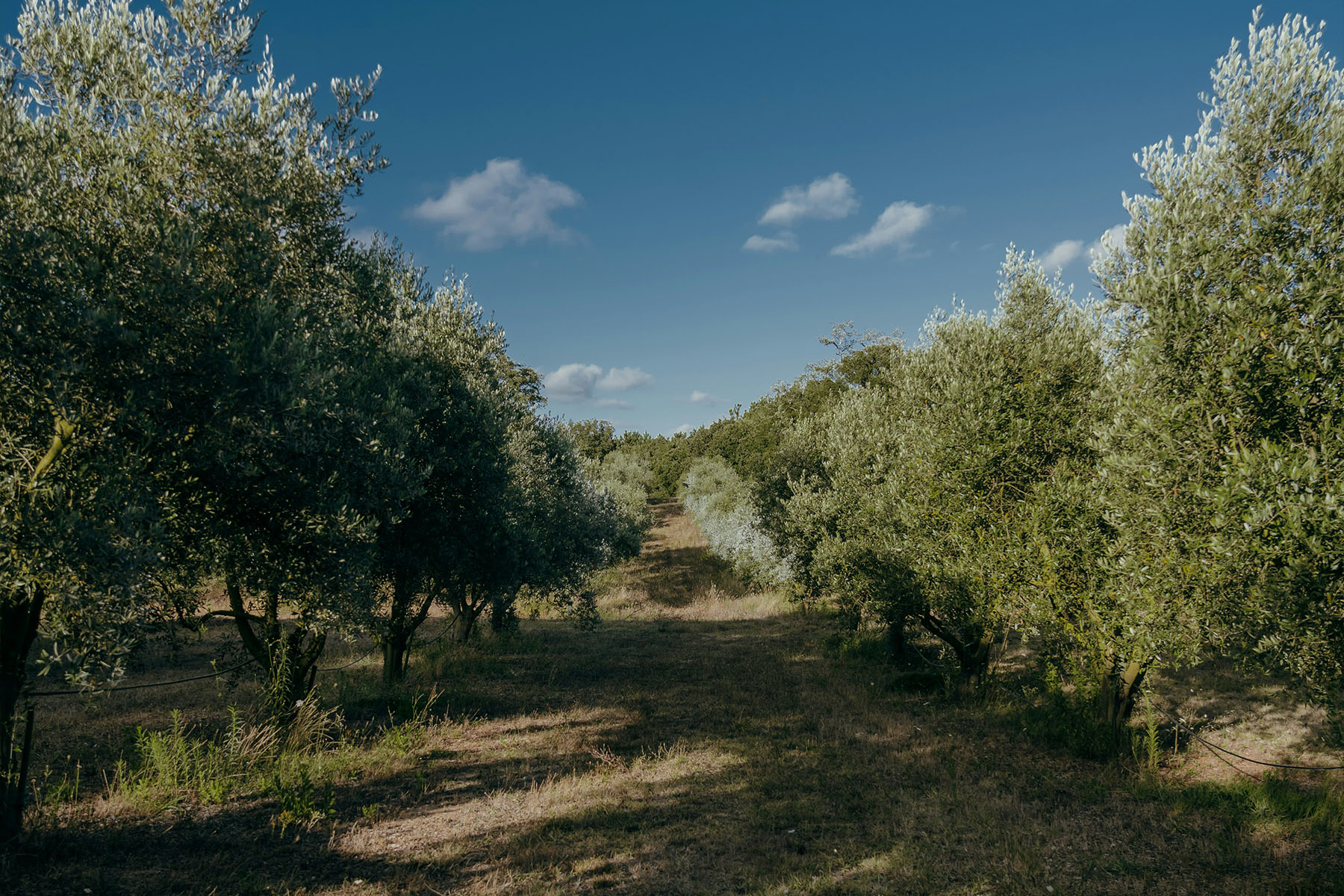The cultivation of olive trees in Sicily has very ancient roots, which contributes to create a very long and articulated history of Sicilian oil. Since the time of the Greeks, the island has been a privileged place for olive cultivation thanks to its ideal climate, characterized by hot summers, mild winters and soils rich in mineral substances. The ancient Greeks were in fact among the first to introduce olive trees in Sicily, where they founded numerous colonies. The city of Selinunte, for example, became famous for its olive groves and production of olive oil, which was exported throughout the Mediterranean.
The Sicilian olive-growing flourished further under the Romans, who perfected the techniques of cultivation and milling. The Romans developed real oil mills, known as torcularia, which allowed a more efficient processing of olives, increasing the quality and quantity of oil produced. Thanks to conservation techniques, such as the use of amphorae, Sicilian oil reached the markets of Rome and beyond.
With the arrival of the Arabs in Sicily in the 9th century, olive cultivation gained a new impetus. The Arabs brought with them new varieties of olive trees, improving the quality of the Sicilian oil, and introduced advanced irrigation systems, which allowed to extend the cultivation even in the driest areas of Sicily. They were the ones who promoted large-scale cultivation, also instituting more refined techniques of oil processing, such as cold pressing, which better preserved its organoleptic qualities.
In the Middle Ages, during the Norman and Suevian domination, the olive tree became a symbol of wealth and prestige. The great families of Sicily owned extensive olive groves, and oil production was closely linked to trade and the rural economy of the island. The Sicilian countryside, from coastal to inland, was covered with olive groves, creating extraordinary landscapes that remain today among the most iconic of Sicily.
In the Renaissance, Sicily consolidated its position as one of the main producers of olive oil, while the following centuries, especially the 800, saw the introduction of new varieties, thanks also to trade with other Mediterranean regions. Despite the political and economic difficulties, olive cultivation remained a constant, passed on from generation to generation.
The end of the 19th century marked a period of modernization of cultivation and milling techniques. The stone mills, which for centuries had characterized the process of oil extraction, were replaced by mechanical plants, but the philosophy of quality and attachment to tradition remained fundamental.
Today, Sicily is one of the most important regions for the production of extra virgin olive oil in Italy. The local cultivars are appreciated for their uniqueness and distinctive flavor, which reflects the richness of the Sicilian territory. The cultivation techniques, although evolving thanks to technological innovations, are still deeply rooted in tradition, with a particular attention to sustainability and environmental protection. Sicily continues to be a cradle of innovation and tradition, where the past and present meet to produce a Sicilian oil that tells the story of a people and a land that, for millennia, has made the olive tree and its fruit a symbol of life, culture and passion.
